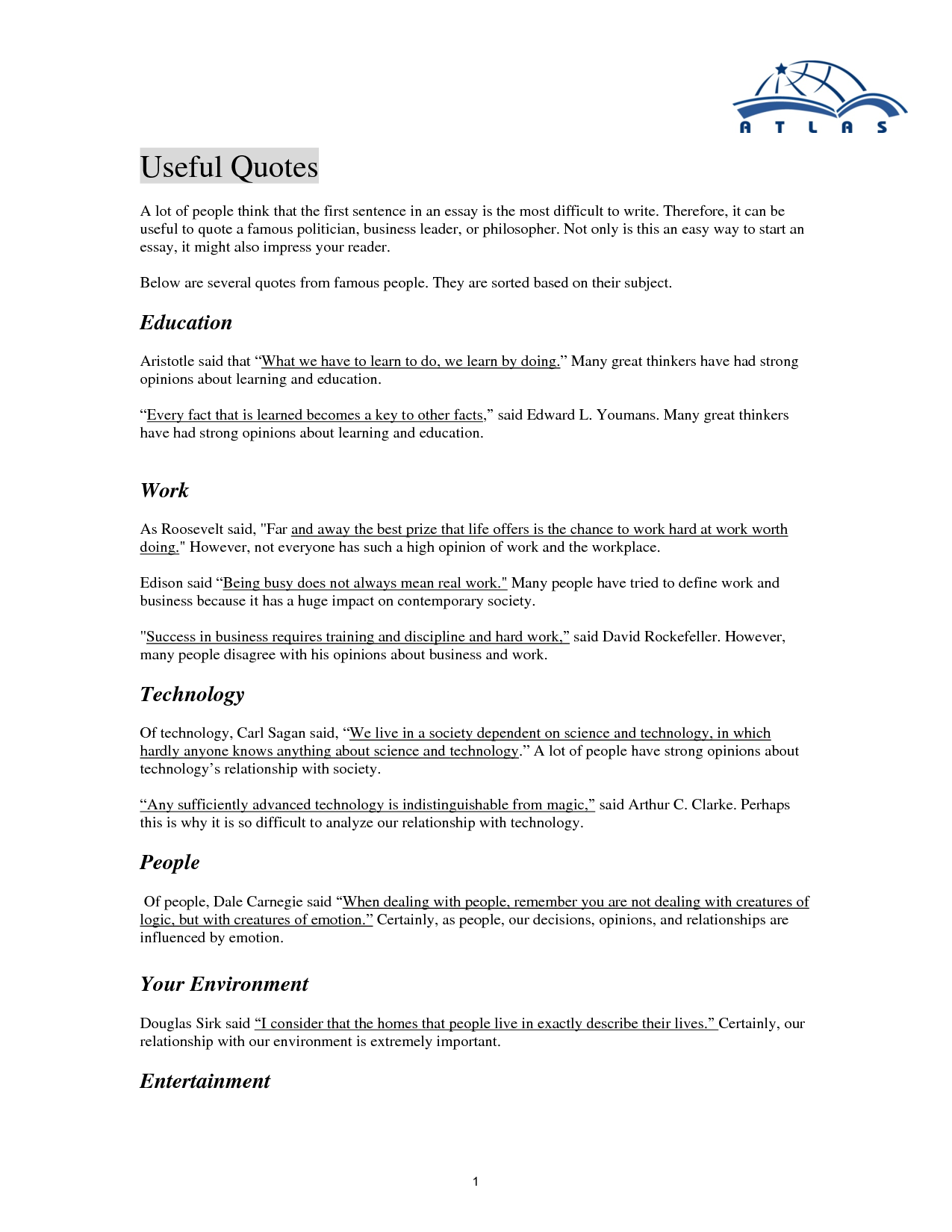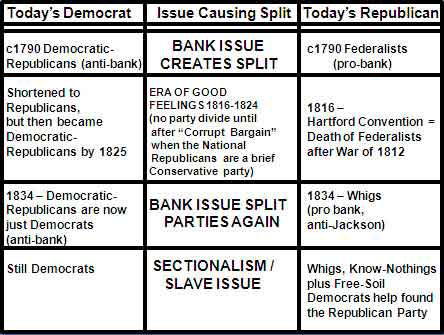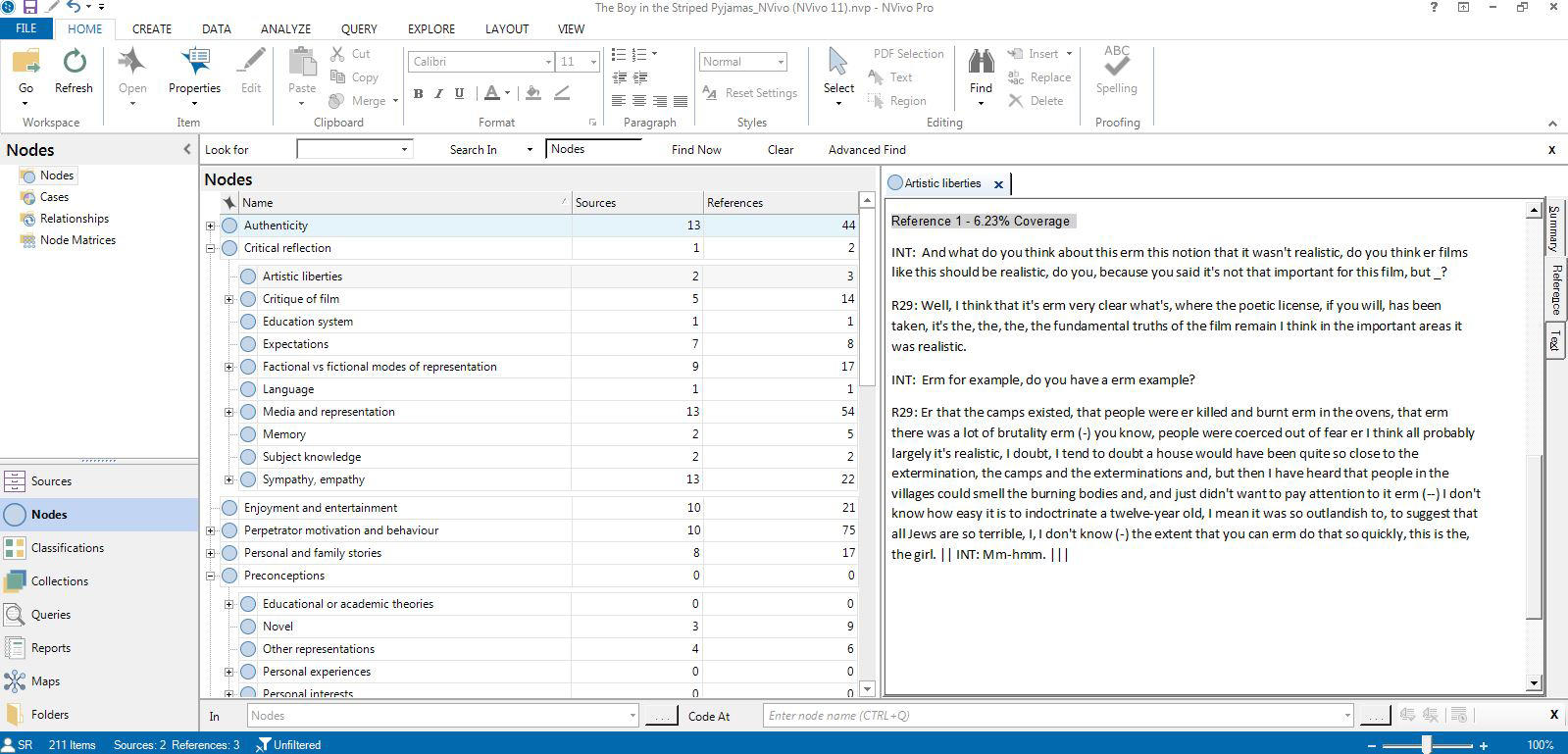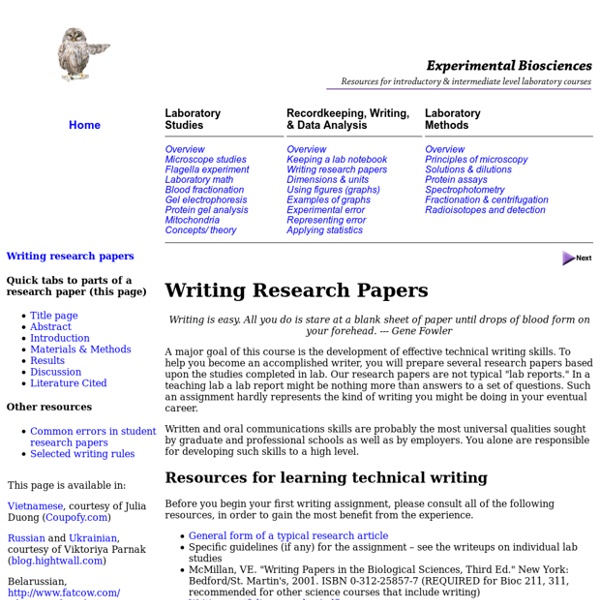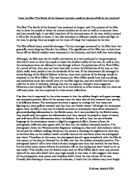The Passacaglia by Johann Sebastian Bach Interpretation.
One of the best known examples of the passacaglia in Western classical music is the Passacaglia and Fugue in C minor, BWV 582, for organ by Johann Sebastian Bach.Even though he was one of music's great conservatives, it is often (and rightly) remarked that J.S. Bach was a great cosmopolitan -- in his music, the north countries meet southern Germany, France, and Italy in striking ways previously almost unknown. In the Passacaglia and Fugue in C minor, BWV 582, Bach joins together elements from distinct nations and traditions in ways that may be heard.The orchestra performed “Passacaglia and Fugue in C minor, BWV 582” by Bach, which is part of the Baroque era. The string instruments of the orchestra performed with the hair of the bow, in other words, arco (7). By using lots of motion or most commonly known as mosso (8), the orchestra increased the tension of the piece. The orchestra played at a pretty fast tempo (9), probably allegro.
Johann Sebastian Bach: Passacaglia and Fugue in c minor, BWV 582 Every once in so often I set up to write one of these little entries and come up with somewhat of a false start. I usually try and accomplish a few things in a typical Listening Friday entry. First off, I primarily use it as a vehicle to introduce a work. Accompanying that I will also try and build some sort of transfer to.So for example, the fugue of Bach's Passacaglia and Fugue in C minor, BWV 582 is not purely a permutation fugue, as it does have episodes between permutation expositions. Invertible counterpoint is essential to permutation fugues but is not found in simple fugues. Fughetta. A fughetta is a short fugue that has the same characteristics as a fugue. Often the contrapuntal writing is not strict.
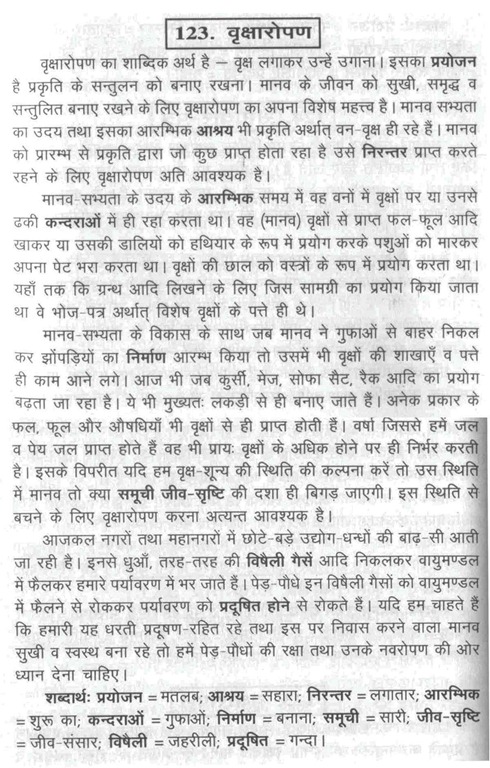
The other day I heard somebody play Liszt’s piano arrangement of Bach’s Fantasy and Fugue in G minor for organ, BWV 542. The Fantasy happens to be one of my two favorite pieces ever in the entire organ literature (the other being the Passacaglia and Fugue in C minor, BWV 582), so I’m very familiar with its twists and turns. So I was struck by two “mistakes” that stuck out like sore.
